10 Mind-Blowing & Shocking Facts about Thundersnow
Thundersnow! The indicator of a heavy snowfall and unexpected climate condition includes so many interesting facts Snowfall, lighting effects and Thundersnow, these are some natural climatic terms which are interrelated and have some deep facts that affects atmosphere. Let’s have a look...
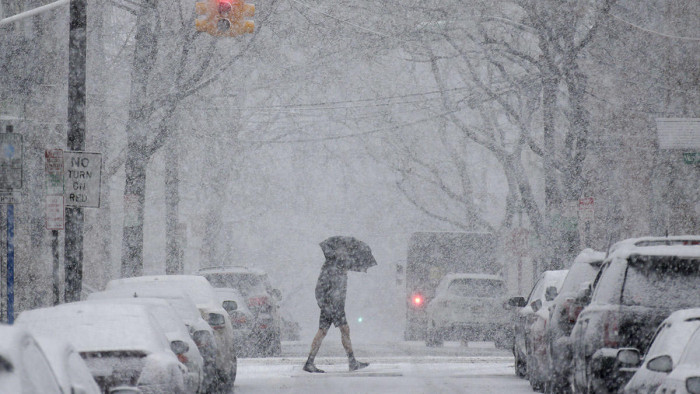
No wonder, Thundersnow is an exceptionally strange and unexpected event. Thundersnow has known to produce high-intensity snowfall, which can limit the visibility no matter whatever is the wind condition. In addition, thundersnow generally produce little lightning strokes than thunderstorms with rain during the warm season.
However, thundersnow is usually considered as a part of a critical and strong winter storm or blizzard which by default includes all the risk factors associated with this cold climatic condition and storms.
Can you even imagine? The crazy thunderstorms followed by lightning stroke and the healthy dose of snow is enough to give you a frightening effect in your own surroundings.
Moreover, the thundersnow mainly occurs when "ordinary" flat, layered snow clouds start developing the upward bumps, which is known as "turrets". They try to move in an upward direction above the rest of the flat snow cloud by about 5,000 feet.
Well, the concept of thundersnow is not that simple as it seems, it includes several aspects and facts and to understand this topic clearly you should explore its facts.
1) Thundersnow with High Intensity

Thundersnow signifies heavy snowfall and lighting strokes which rates in the range of 5 to 10 cm per hour. The high intensity snowfall may limit visibilities critically, even during light wind conditions. Although, thundersnow is often a part of a dreadful and severe winter storm or blizzard which has a great impact on the surroundings.
2) Snowstorms are not Thundersnow
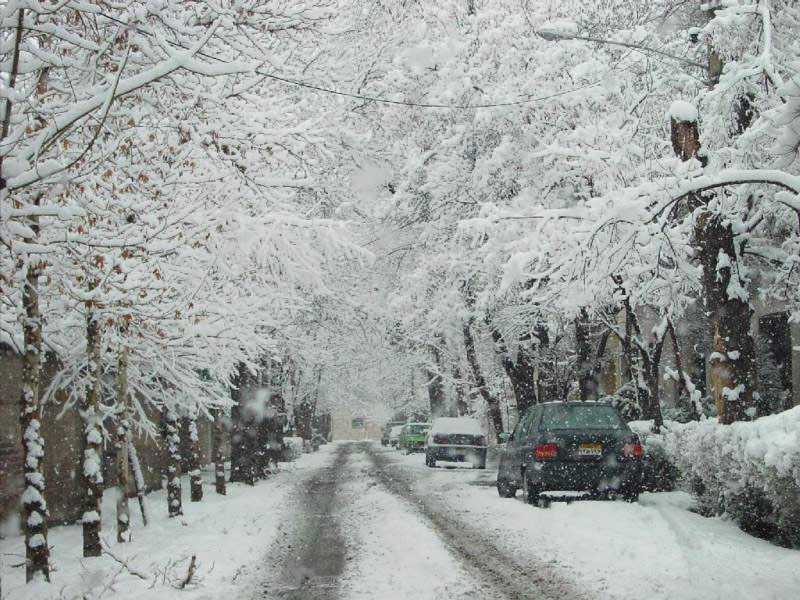
Except the fact that “Thundersnow” sounds quite more frightening than “snowstorm,” there is one foremost and the factual difference between the two and that is in wind speeds (Intensity) and visibility.
The National Weather Service has concluded that a Thundersnow or blizzard has high intensity level and winds blowing rate that is approximately over 40 kilometers per hour with poor outdoor visibility.
3) Thunderstorm is More Dangerous than Snowstorm
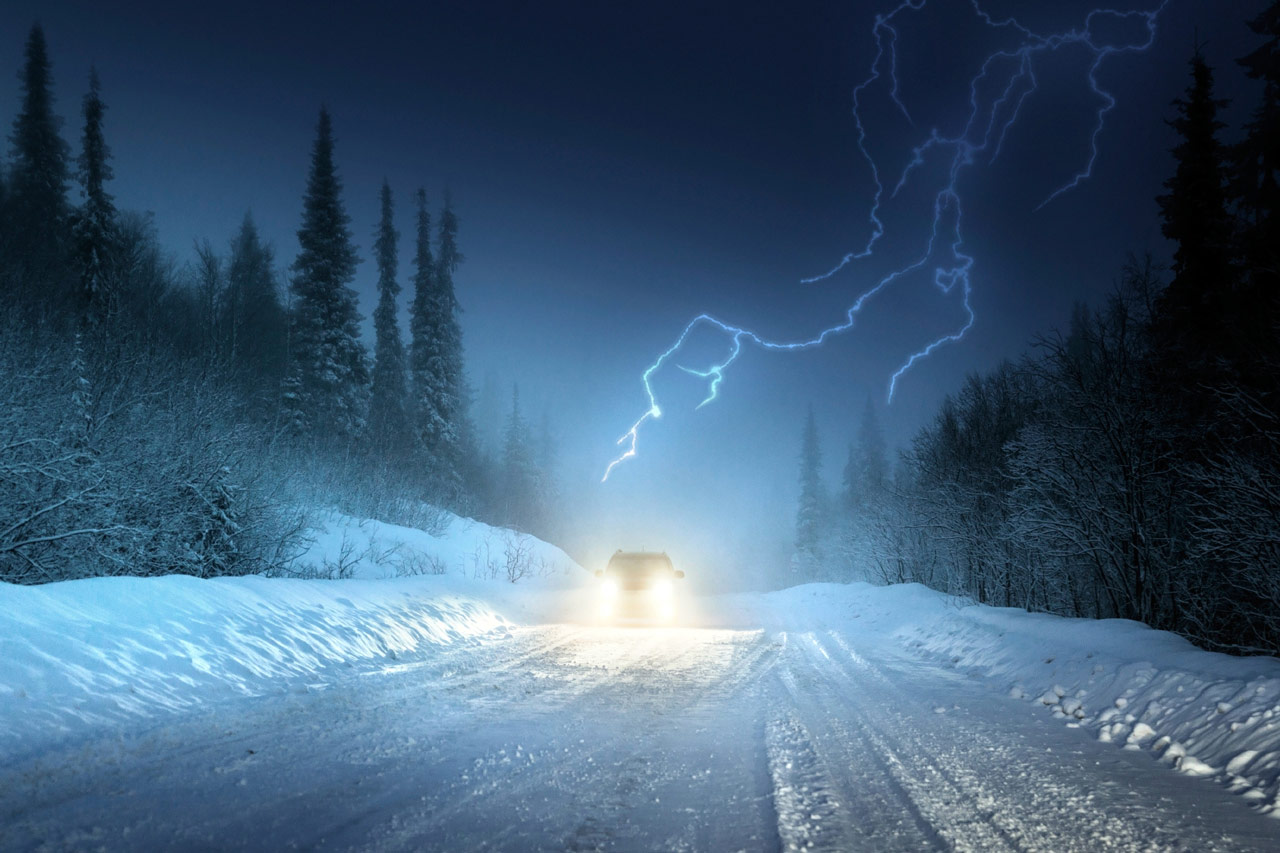
When it comes to evaluating the risk factor of thunderstorm and snowstorm certainly a thundersnow possesses twice the risk as compared to the snowstorm.
No wonder, a winter thunderstorm promptly drops snow at a rate of 2 to 4 inches per hour and also reducing the outdoor visibility. This poor visibility can cause car accidents and the strong tropical storm coming from the thundersnow will raise the level of winds and eventually can cause property damage.
4) Lake-Effect Snowstorms
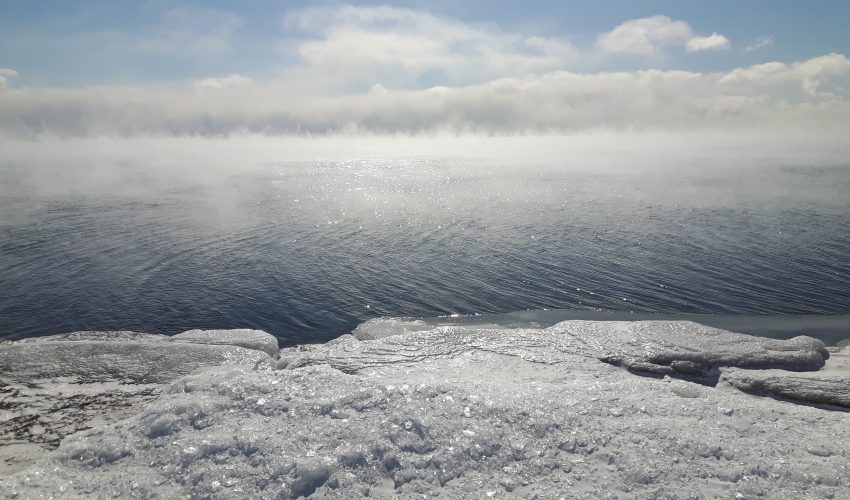
According to some researchers, it has been found that the thundersnow is directly proportional to lake-effect snowstorms, yes mostly thundersnow occurs wherever lake-effect snowstorms occur and where the climatic conditions actually favoring the thunder such as around the Great Lakes and parts of US.
There are many other places having possibility of thundersnow and the places are the Sea of Japan, Mount Everest and parts of northwestern Europe.
5) Build Snowflakes
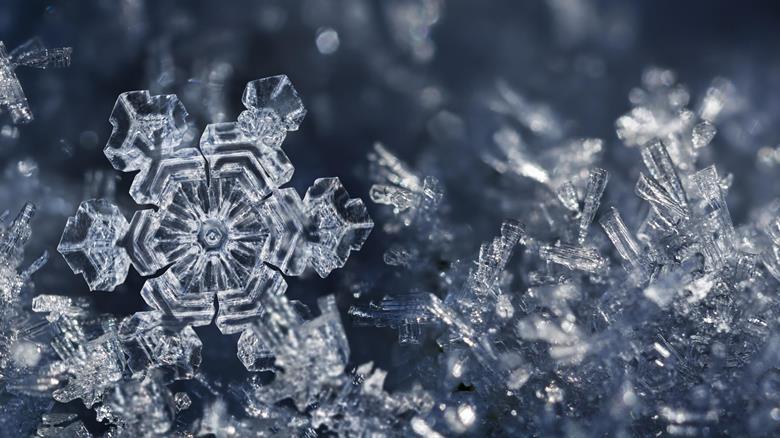
Thundersnow is also known as snow winter thunderstorm pretty famous for creating snowflakes, soft snow pellets and due to its lighting effects, it appears in purplish-blue flashes.
6) Average Percentage of Thundersnow
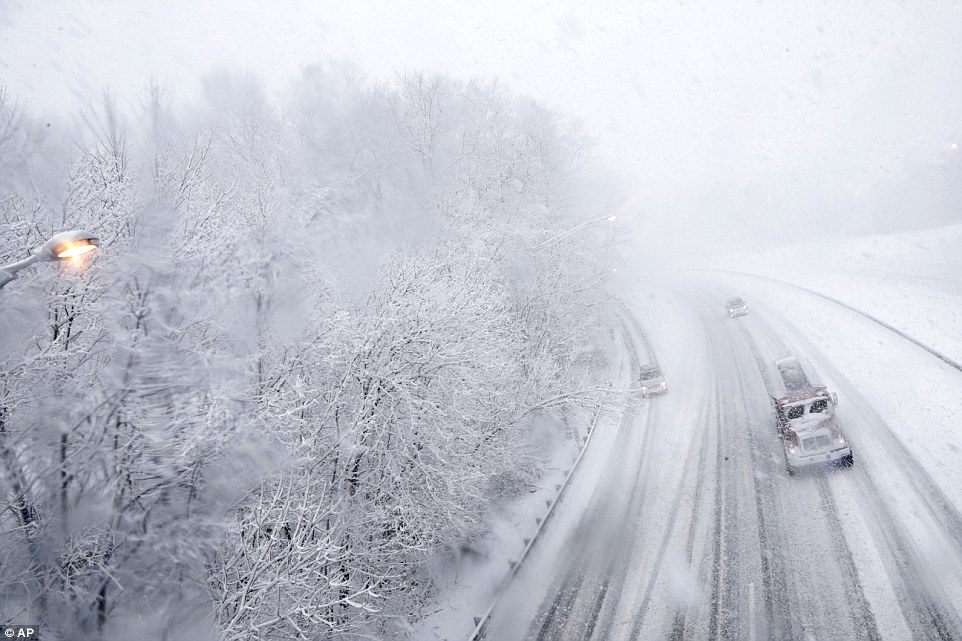
A winter thunderstorm is a rare set of condition, which hardly occurs. In fact, according to the analysis people only witness about 6.3 thundersnow events each year, which is pretty less. All in general the thundersnow occurred between the late winter and early spring.
7) Generate a Charge/Electricity
Although, the phenomenon of Thundersnow is quite natural but, a blizzard with visible lightning is rare. Scientists also revealed that Ice crystal in clouds collide and can generate electricity, which result in lighting, can you believe that? I mean it's rare!
8) Human can Accidently Hurt

Climatic condition is something that is out of our control, but our actions can indirectly influence where thunderstorms form. Studies have shown that increased temperatures in and around cities, due to the urban heat island effect, can trigger thunderstorms that wouldn't have otherwise formed in these areas if the city and its streets weren't there.
9) Unpredictable Natural Phenomenon
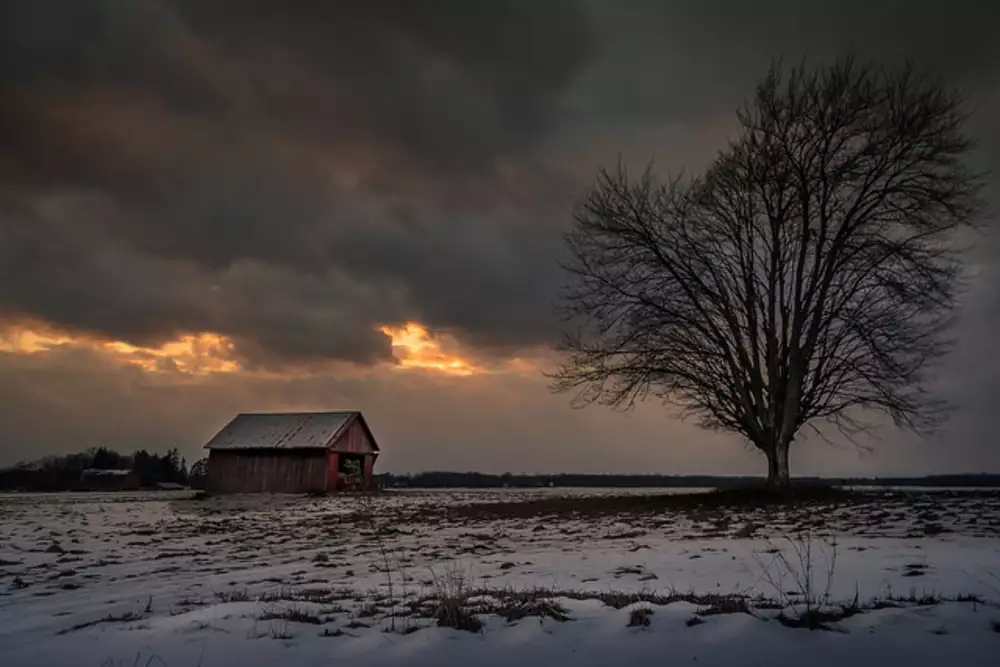
People often think that thundersnow can develop only during heavy snowfall or in winter weather, Yes at some glance the statement is pretty justified but we cannot mark it as a conclusion because thundersnow is one climatic condition which is really unpredictable, usually in northern areas.
10) Thundersnow is Heavy
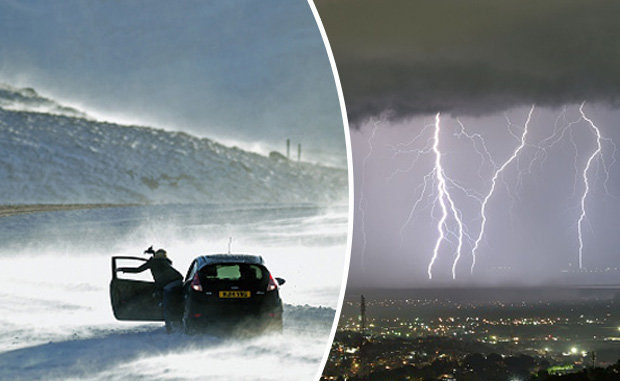
We often look at the floating clouds and highly adore its beauty but, we always forget to consider the weight hanging above the head off this beautiful floating cloud. Yes, snow is a heavy thing, and the thunderstorm is also a heavy phenomenon and the weight of the cloud is actually depends on how much snow it’s holding in its head.
Well, this is all about thundersnow which mainly develops during the winter season or snow showers, likely in cold surroundings. These 10 facts giving a clear reflection of this natural phenomenon thundersnow. It’s like a big unexpected event and can negatively impact the surroundings. So, it’s better to take precaution.
Popular Posts
What Is Trypophobia – A Disgust More Than Fear
"I can't really face small, irregularly or asymmetrically placed holes, they make me like, throw up in my mouth, cry a little bi...
Chandan Roy
16 Interesting Facts About Ambidextrous People
A lefty or left-handed uses his left hand more naturally and dominantly than the right hand. And the righty or right-handed is o...
Ethan Stephans
20 Interesting Facts About Meteoroid, Meteor and Meteorite
Watching celestial objects is a true delight. It is still fun to catch a sight of shooting stars when we grow up. A second of th...
Swati Bhandari








